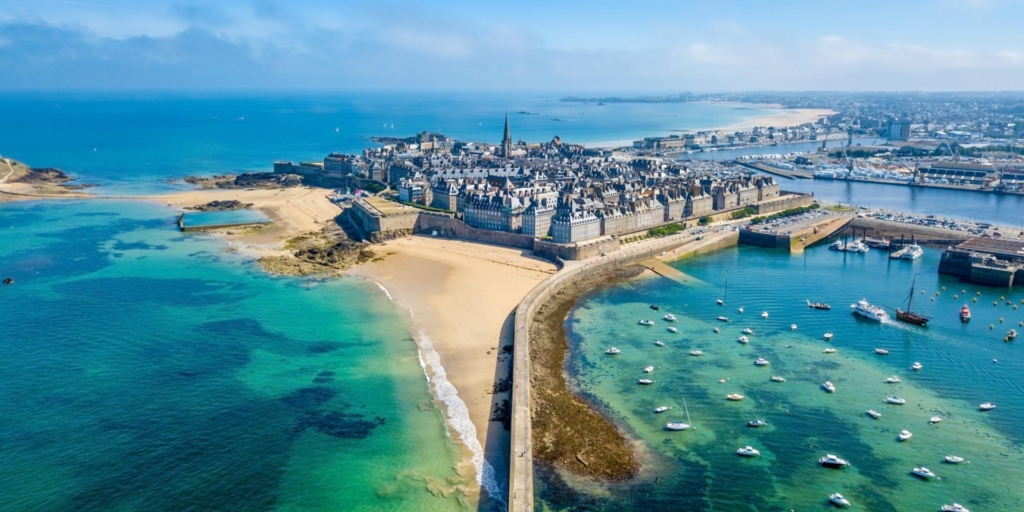
The historic old walled town of Saint Malo, on the northern coast of Brittany.
Battle for Saint Malo U.S. 83rd Infantry Division
“Fight to the last man!”
Civilians evacuated
The Citadel
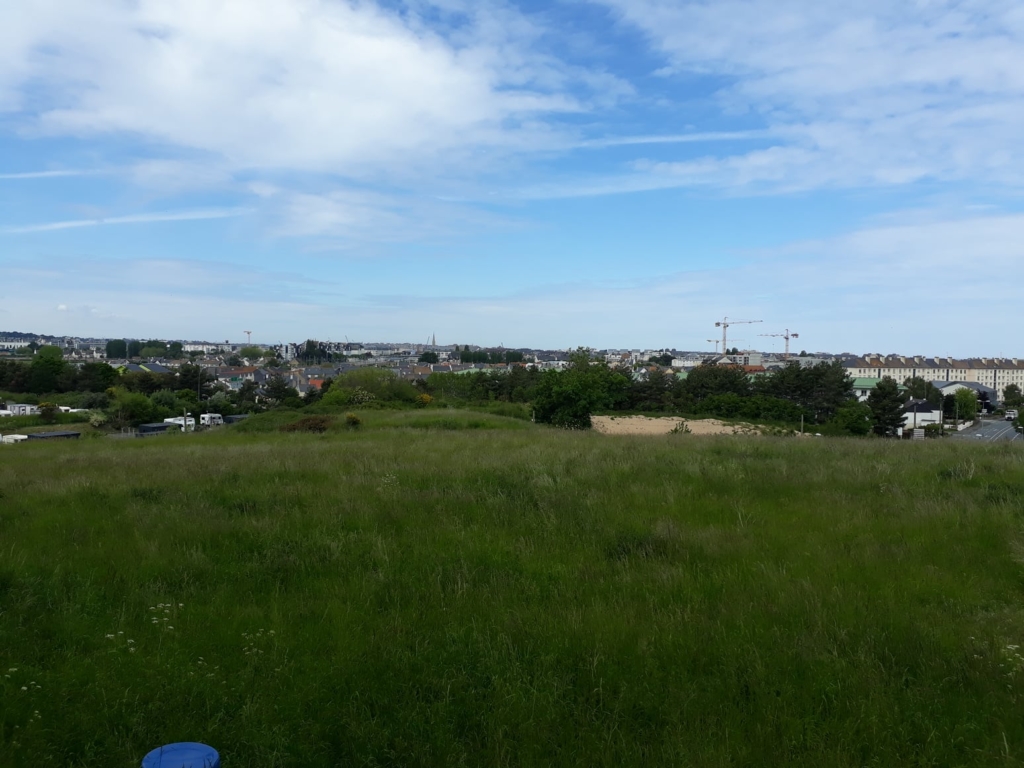
The hill of Saint Joseph overlooks the town of Saint Malo. A German strongpoint here dug out of the rock dominated the landward approach to the town. After two days of sustained pounding by artillery fire 400 German soldiers finally surrendered.
Today nothing remains of the strongpoint it is a modern housing estate. but this view illustrates its commanding view of the town.
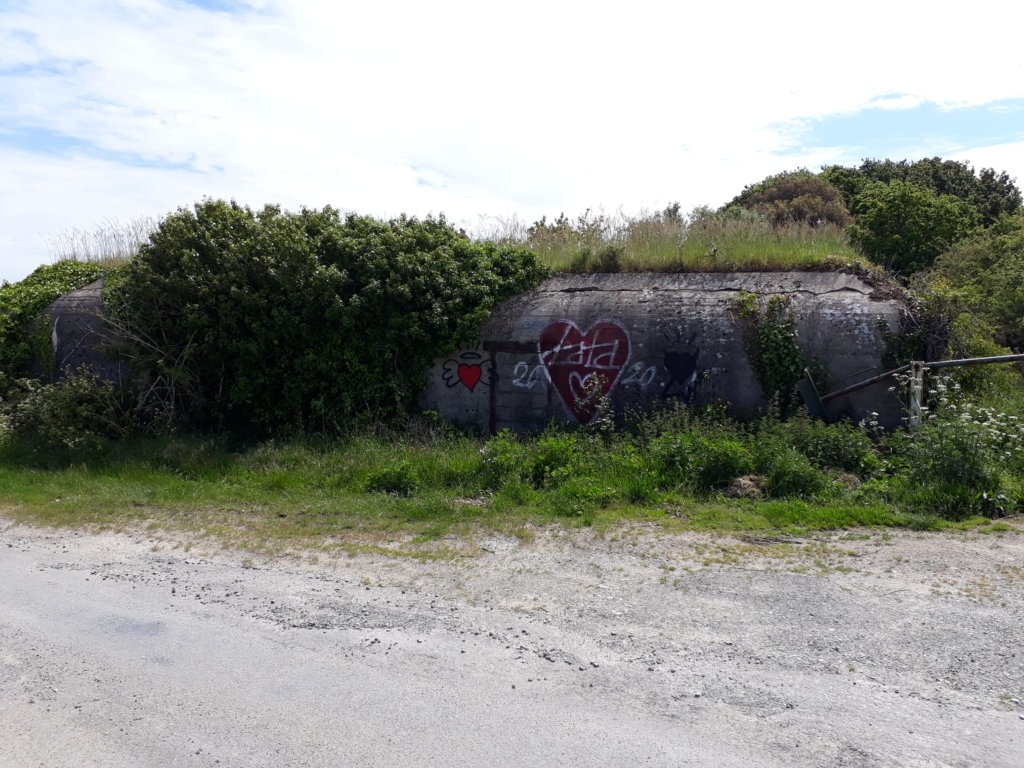
The outer ring of defences for Saint Malo consisted of strongpoints connected by tunnels, with barbed wire and mine fields, This is strongpoint RA.603 at St. Ideuc.
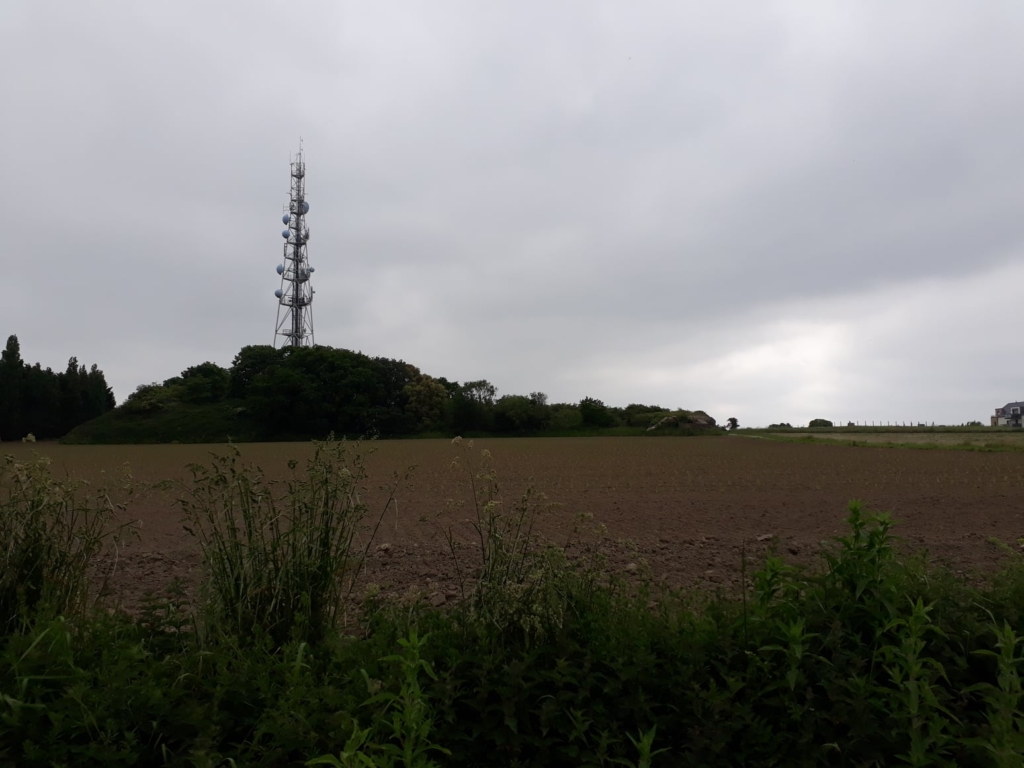
R.A.603 today lies in farmland.
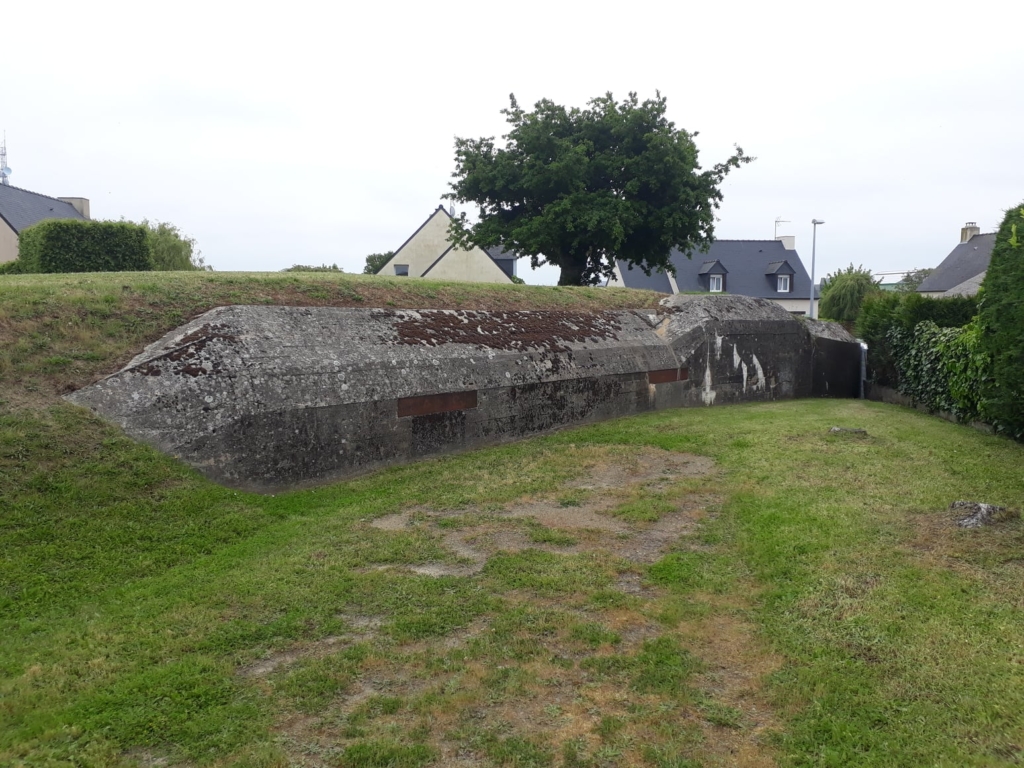
The Anti Aircraft position at St. Ideuc, R.A. 160.
here in 1944 U.S. Infantryman Chester Kochan was wounded in the attack on the position. Chester returned to St Ideuc for the 75th Anniversary commemorations.
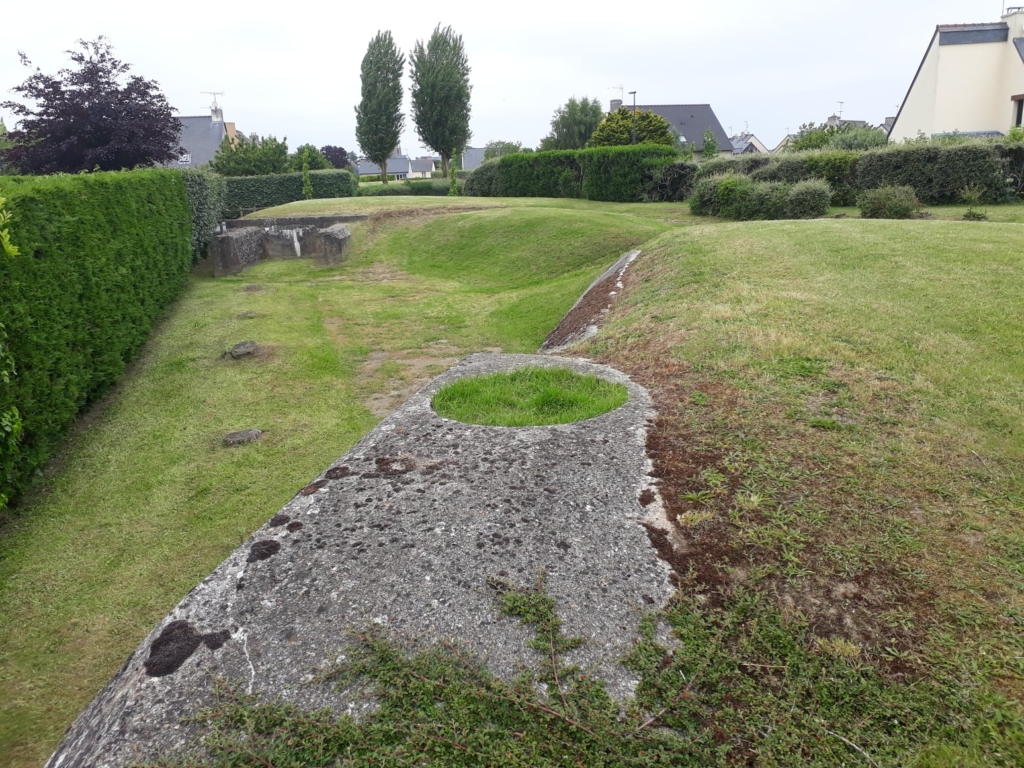
R.A.160 is now a suburban park/picnic area/sportsground.
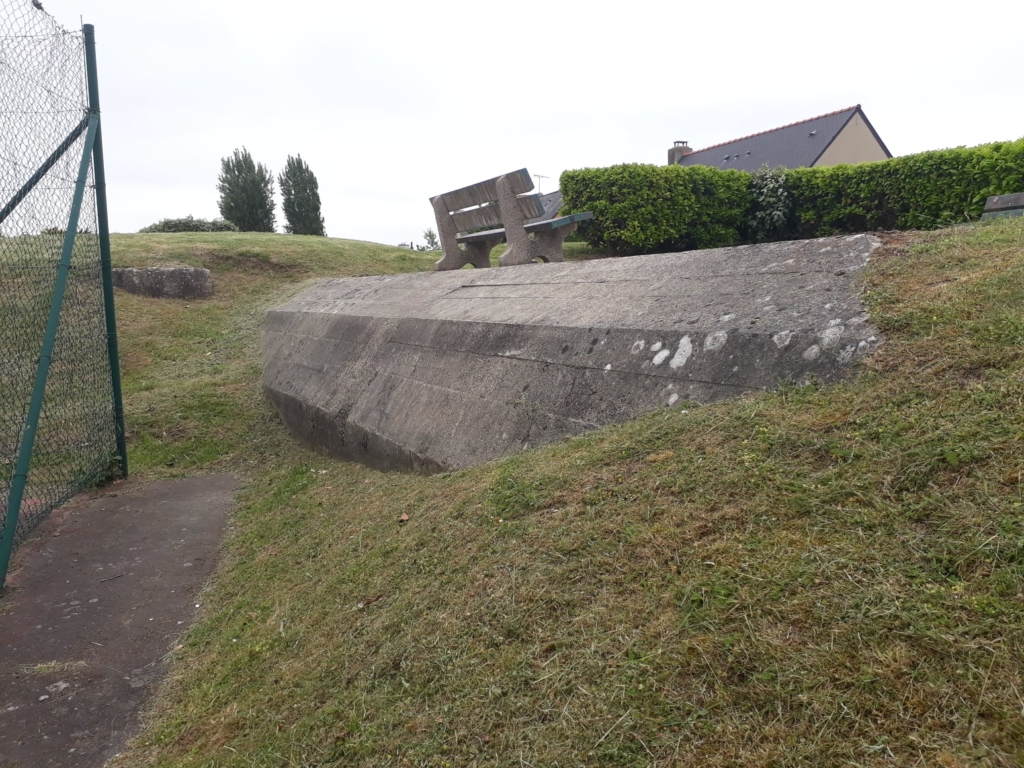
R.A.160 is now a suburban park/picnic area/sportsground.
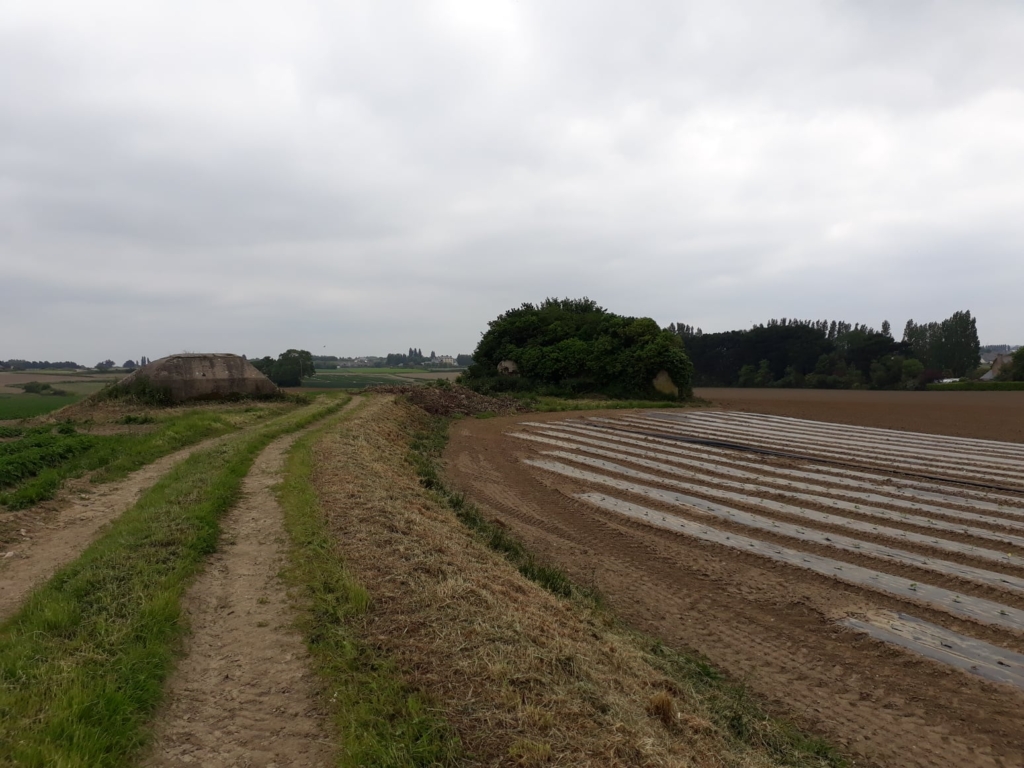
The third strongpoint in the ring of outer defences at Saint Malo R.A. 606 at Banneville. Two mutually supporting emplacements.
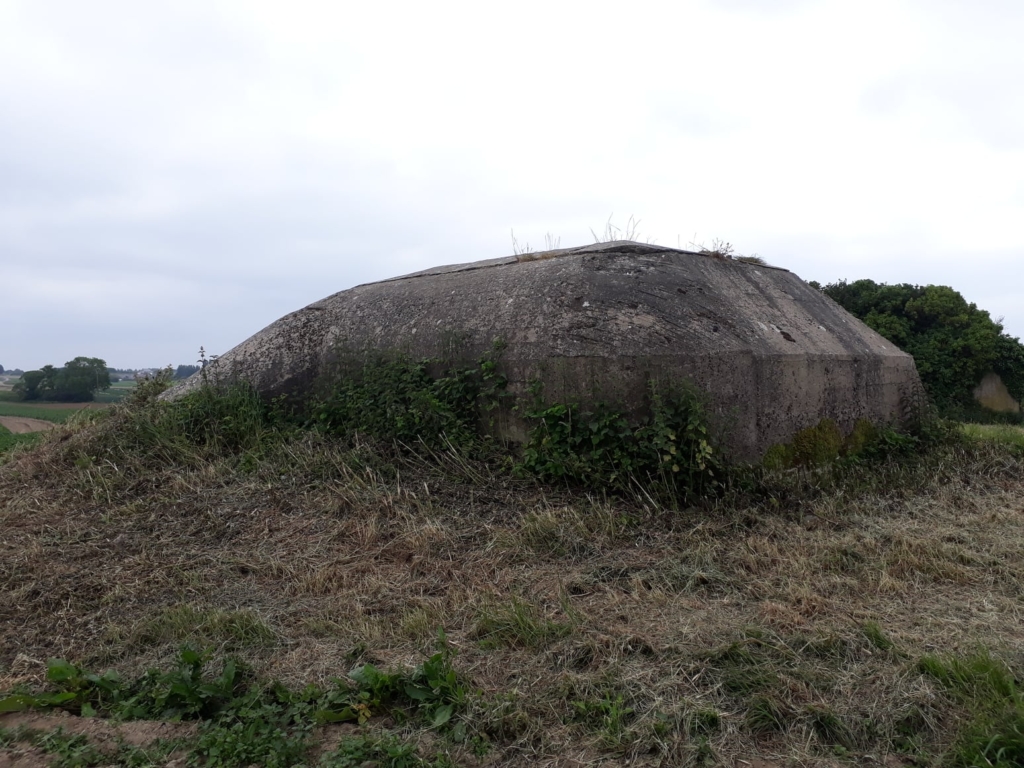
Both casemates are heavily overgrown.
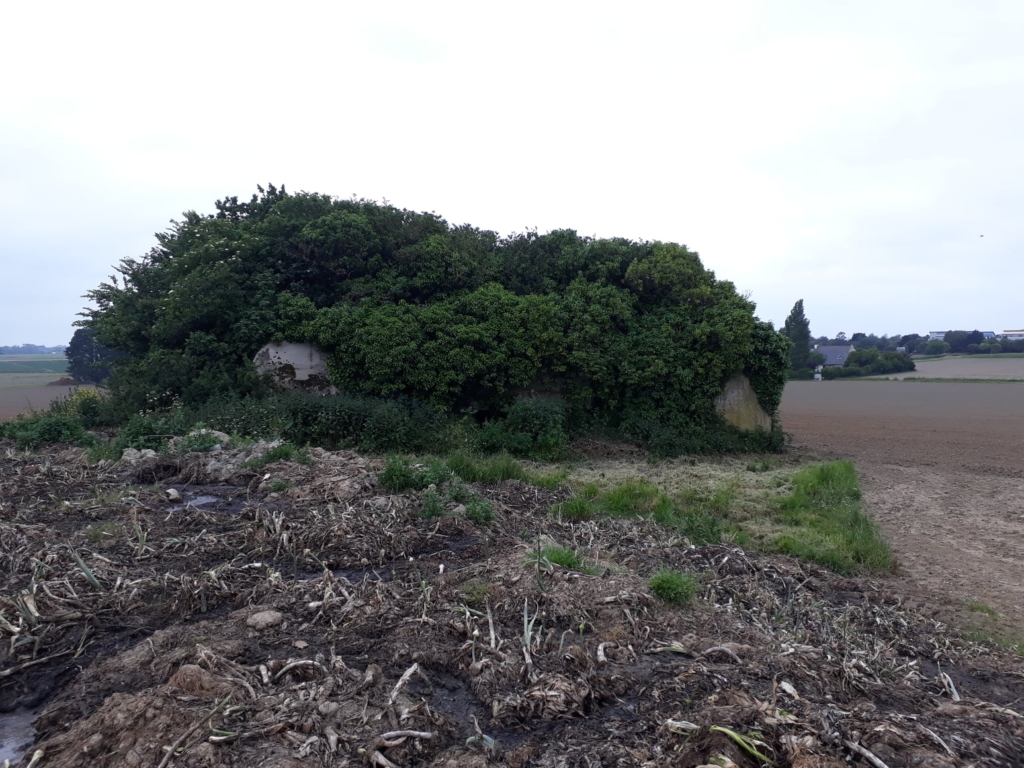
The larger of the two casemates at R.A. 606 at Banneville.
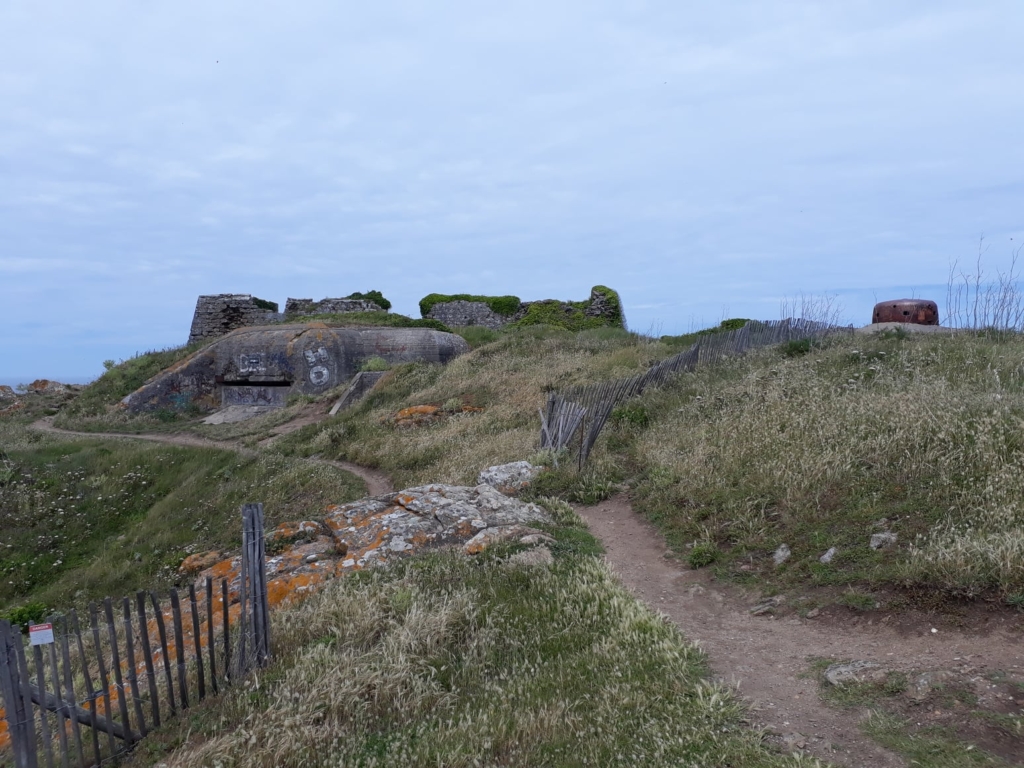
The Fort de la Varde is the strongest of the German strongpoints built into an existing Vauban fort on the coastal Pointe de la Varde. It is a formidable position.
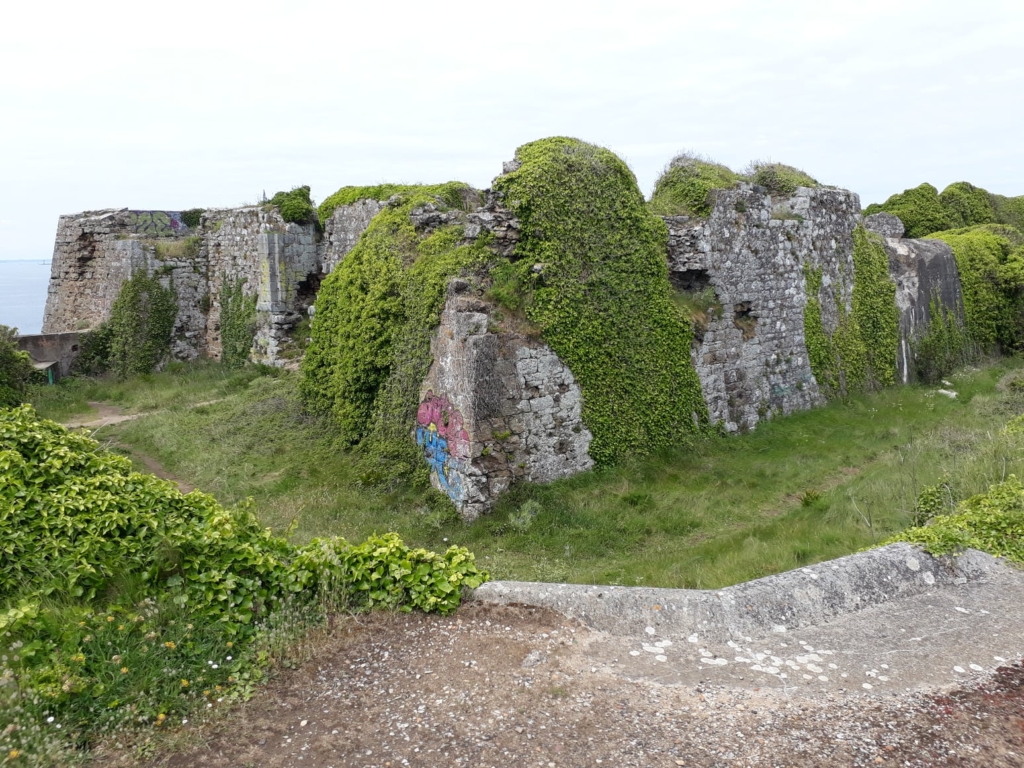
The old 18th Century Vauban Fort adapted by the Germans to interlock with their own defences.
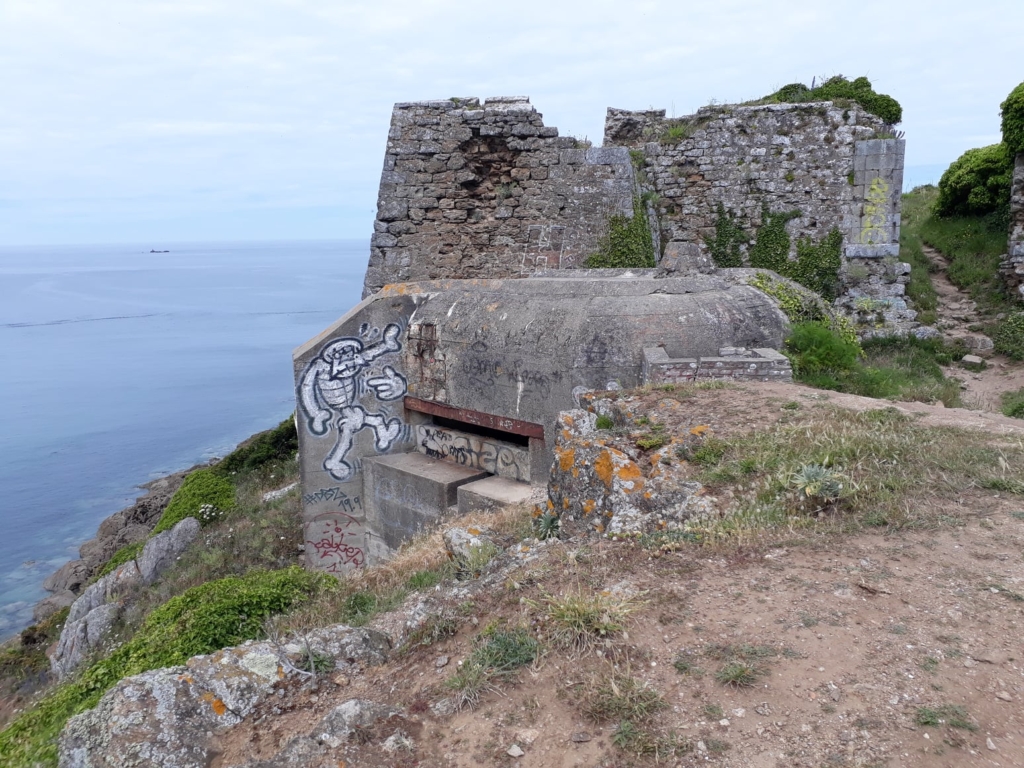
The old 18th Century Vauban Fort adapted by the Germans to interlock with their own defences.
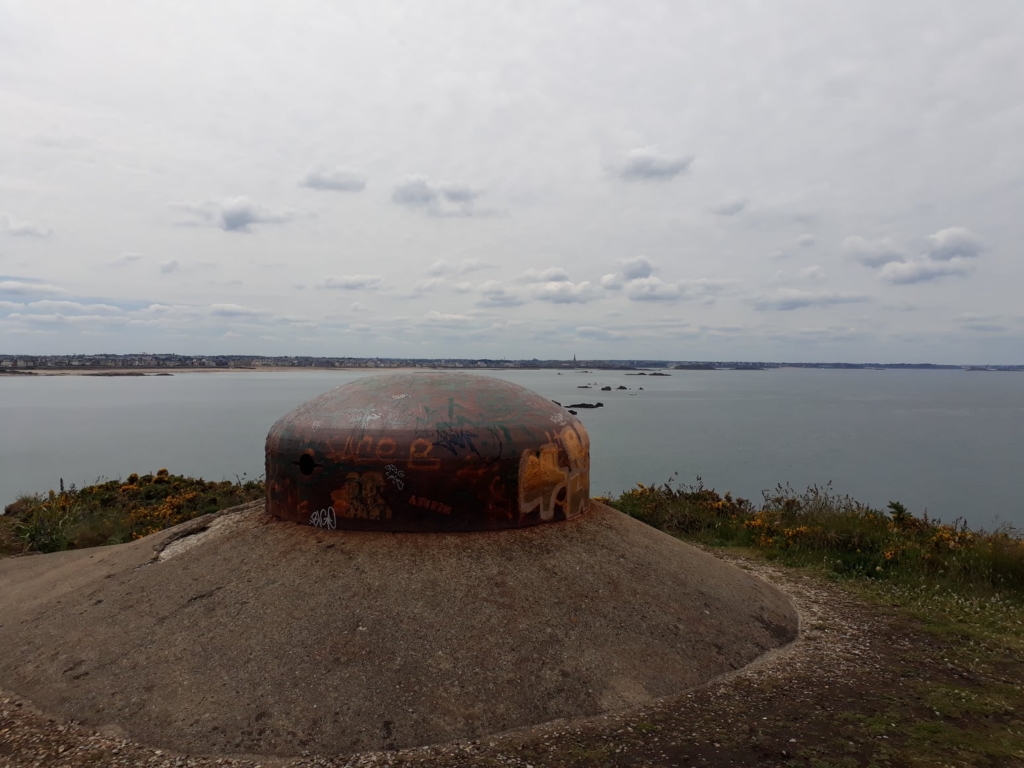
Overlooking Saint Malo from The Fort de la Varde.
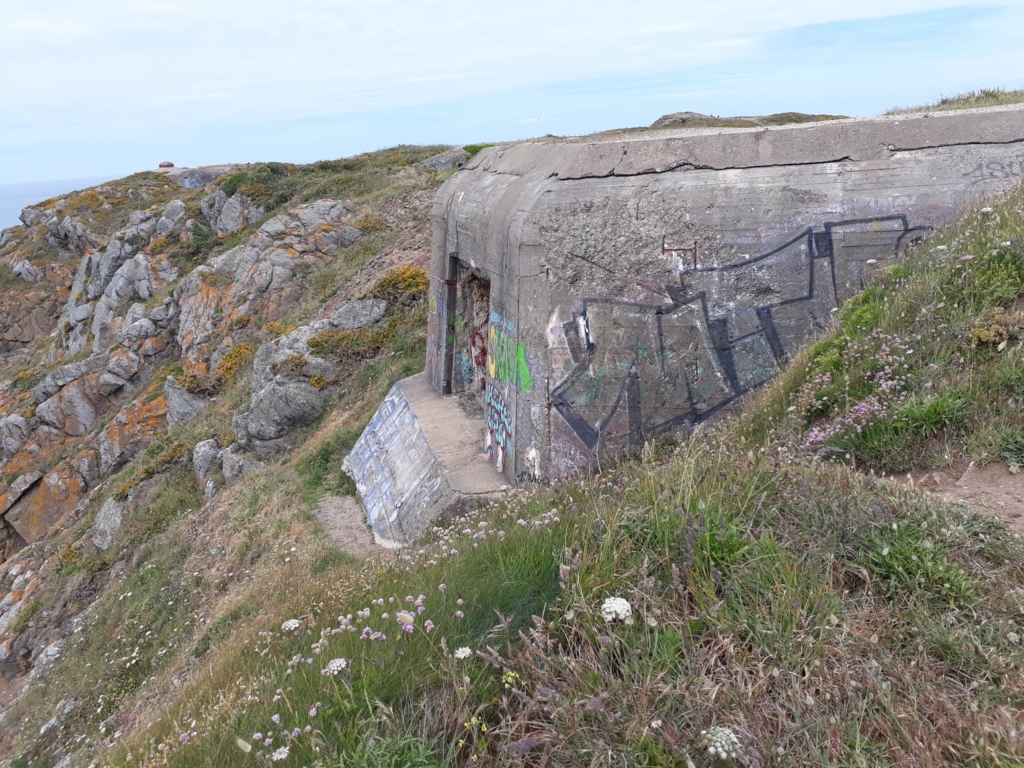
U.S. 330th Infantry Regiment fought for two days to capture the fort. Only 100 Germans surrendered.
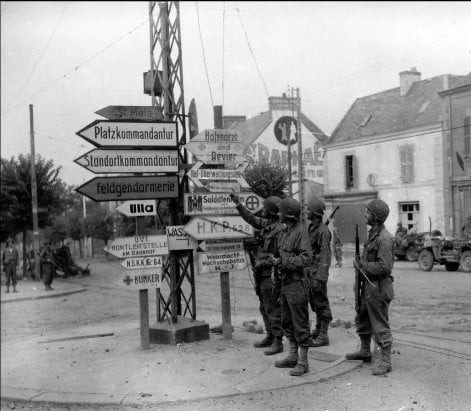
Tightening the circle, advancing towards the town centre. The Place Poincare.
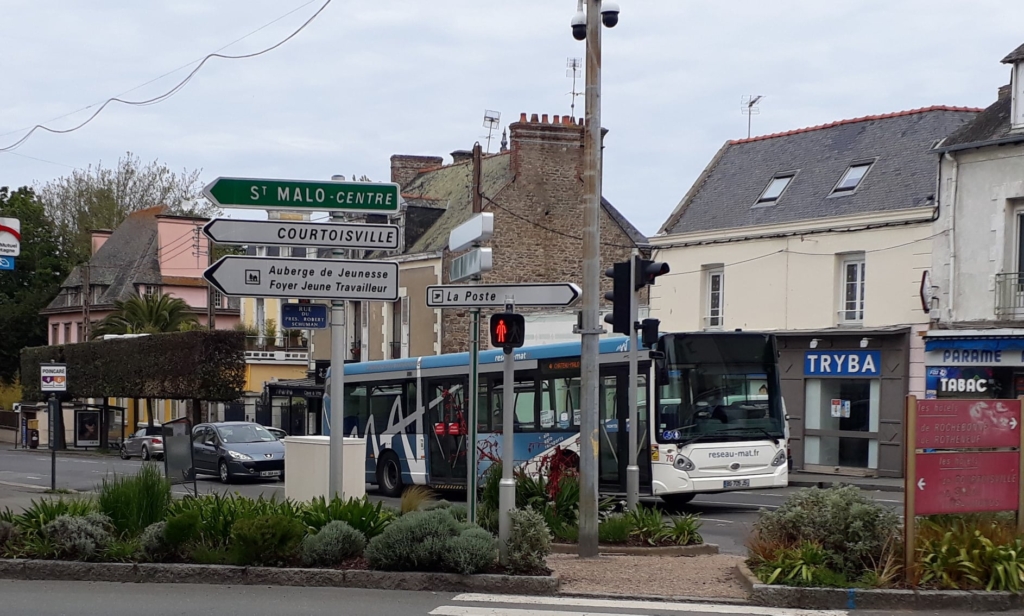
Place Poincare 2021.
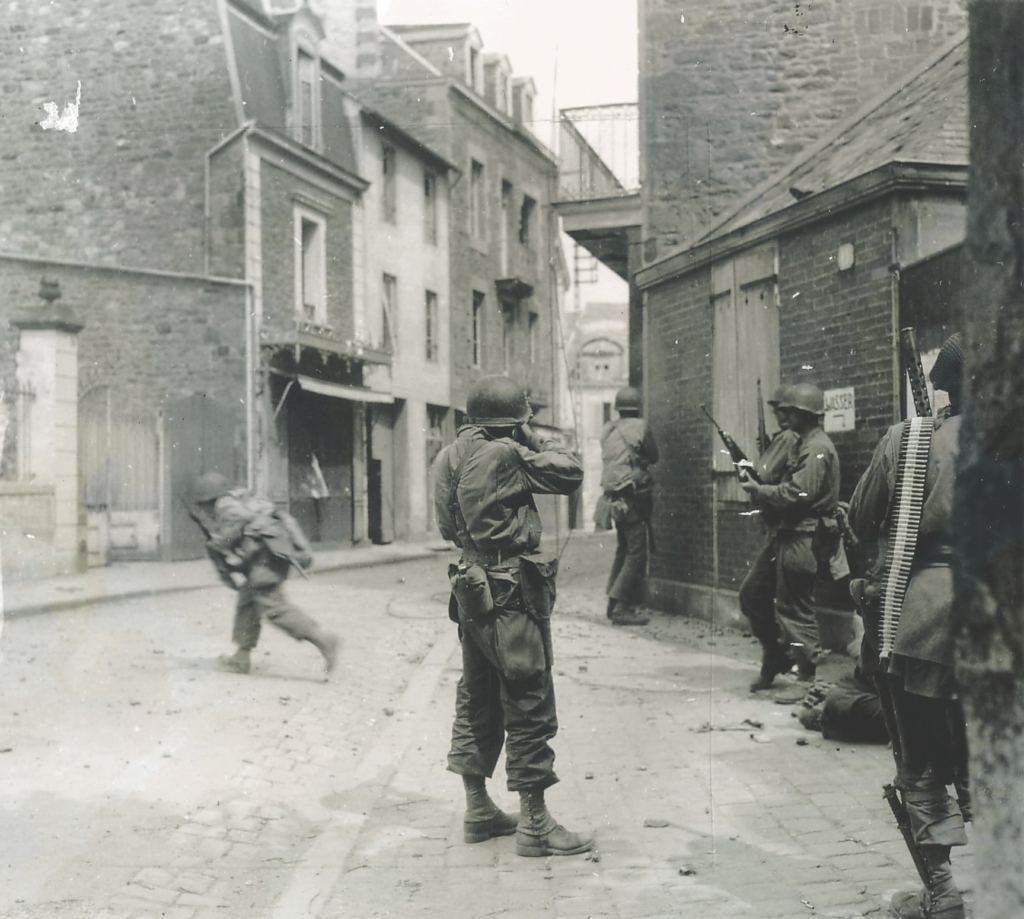
With the outer ring of defences broken, the three U.S. Infantry regiments that made up 83rd Division began to fight street by street, house by house into Saint Malo. This is the Rue de la Gardelle in the suburb of Parame.
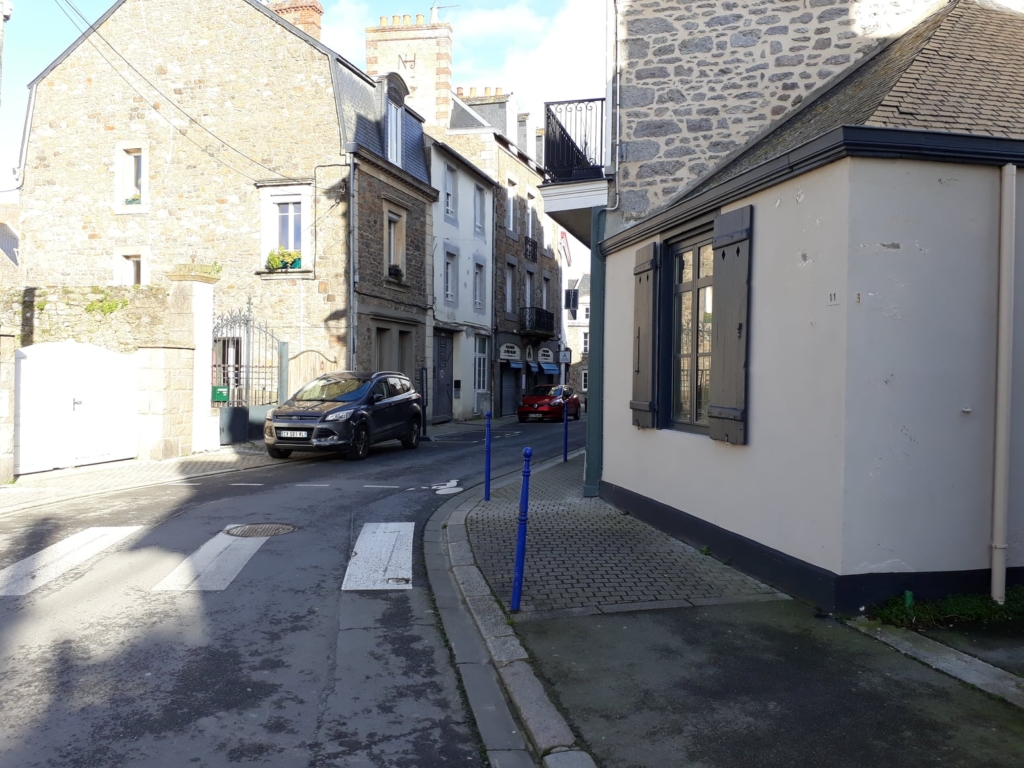
Rue de la Gardelle 2021.
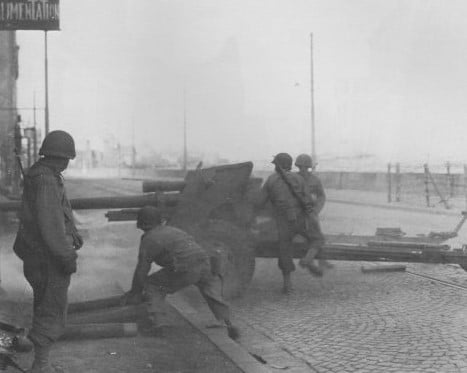
Fighting along the seafront, The Chausee de Sillon at the junction with Place de la Fontaine.
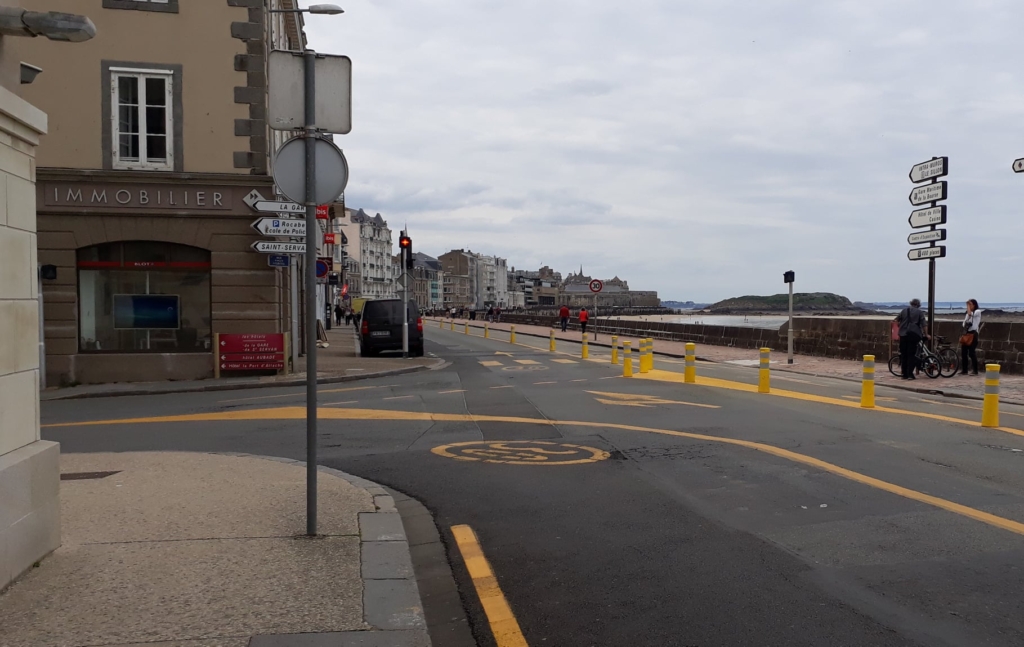
Chausee de Sillon / Place de la Fontaine 2021.
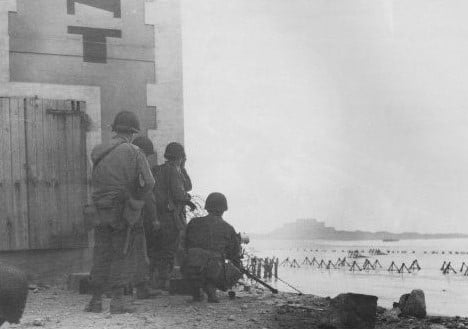
Chausee de Sillon at the Digue Rochebonne. A machine gun team covers the Fort National in the distance.
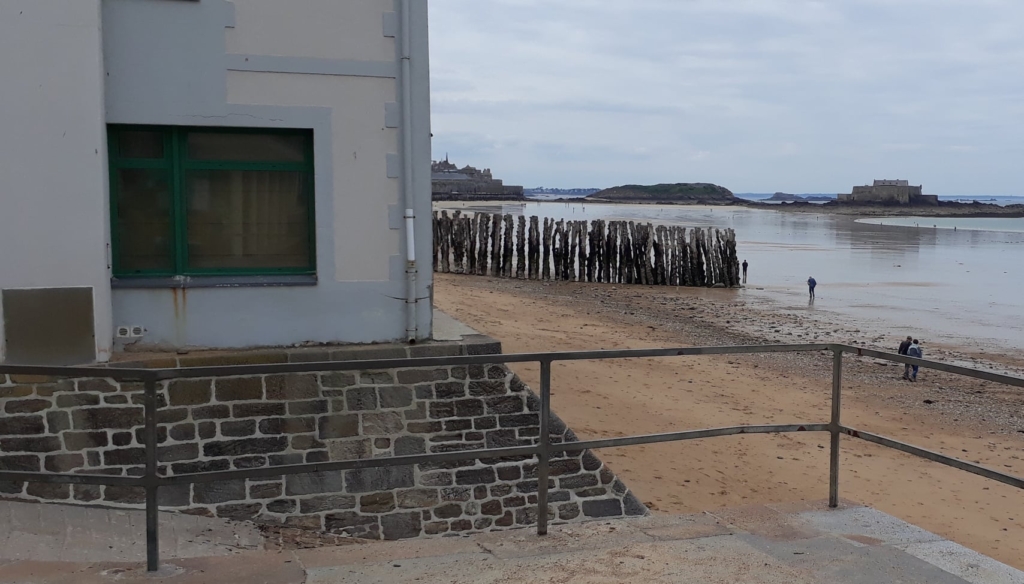
The Digue Rochebonne in 2021.
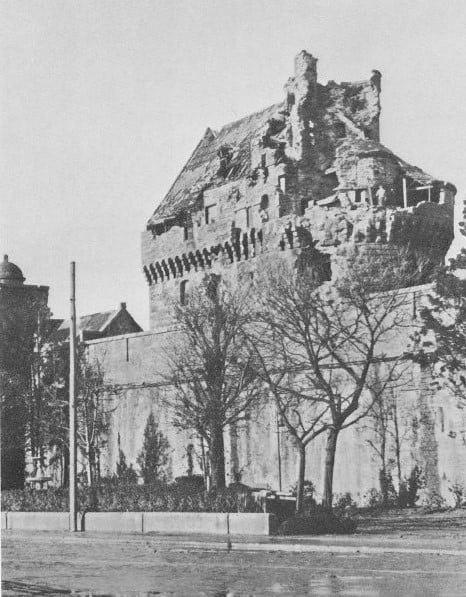
Eventually the 83rd reached the old walled town itself. The Historic Chateau de Duchess Anne, well fortified and heavily damaged.
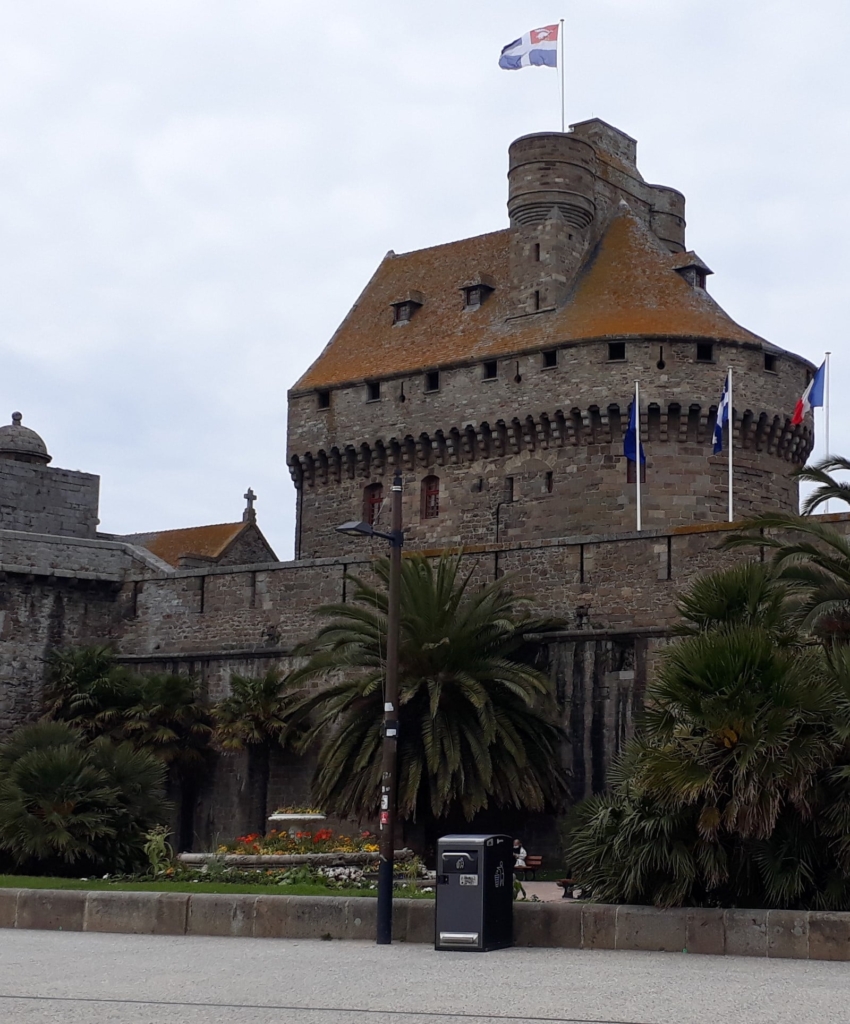
The restored Chateau Duchess Anne in 2021.
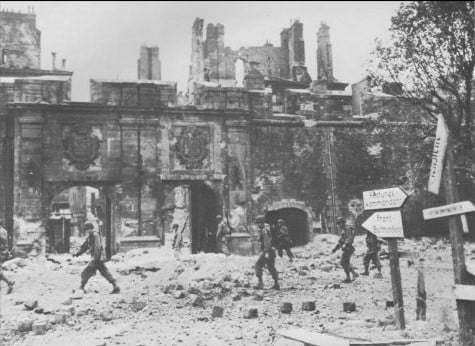
The town gates to Saint Malo at Porte St. Vincent.
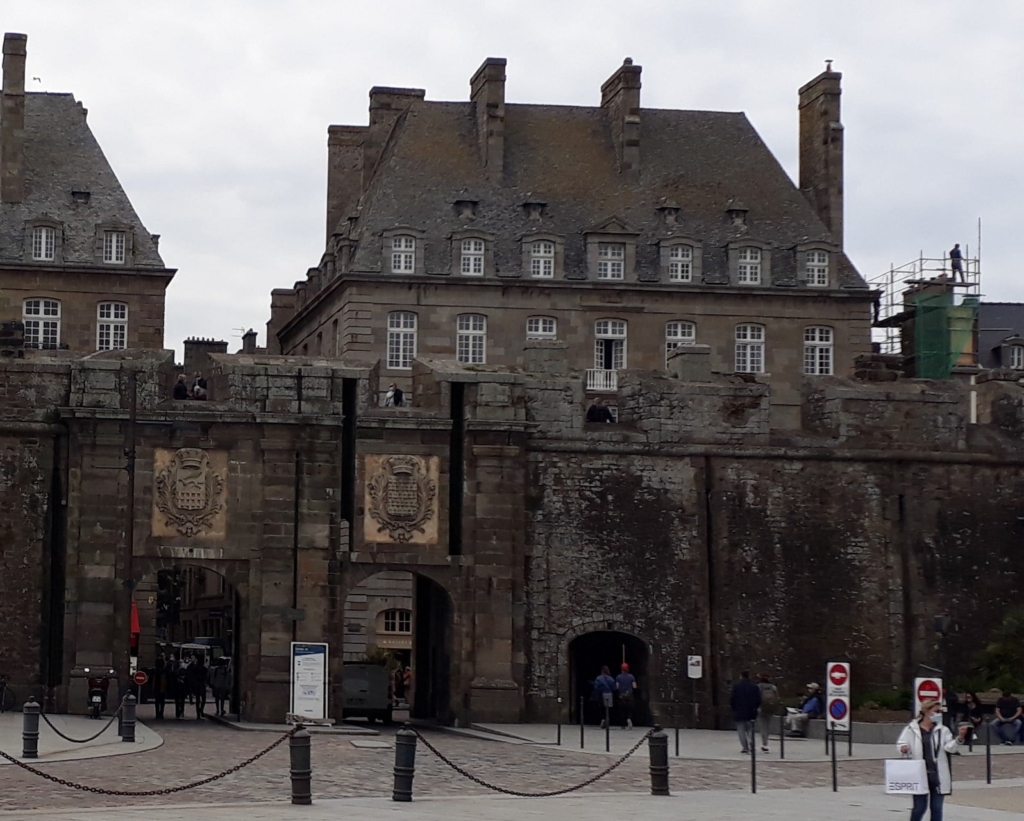
Porte St Vincent 2021.
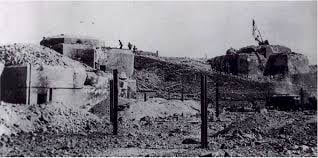
The Citadel, Von Aulock’s final stand. Refusing to surrender until heavily bombed, surrounded, demoralised and out of water. Von Aulock capitulated on 17th August.
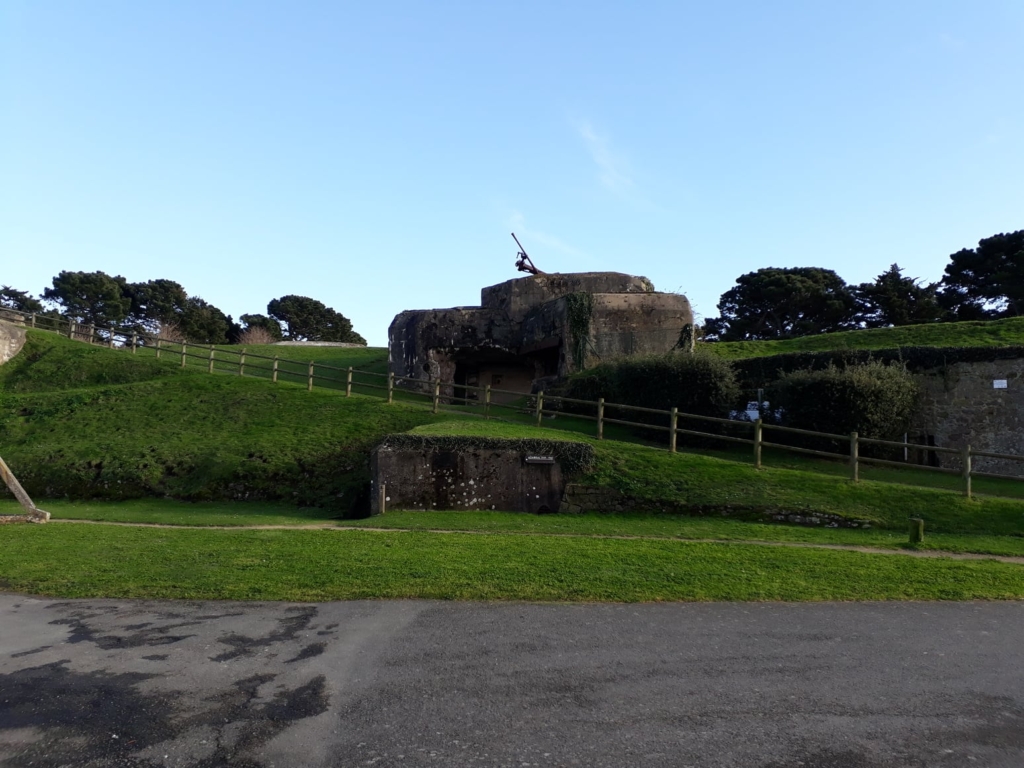
The Citadel 2021, today a museum to the fighting for Saint Malo.
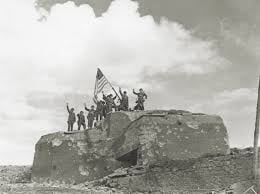
U.S. Infantry celebrate the fall of the Saint Malo Citadel.
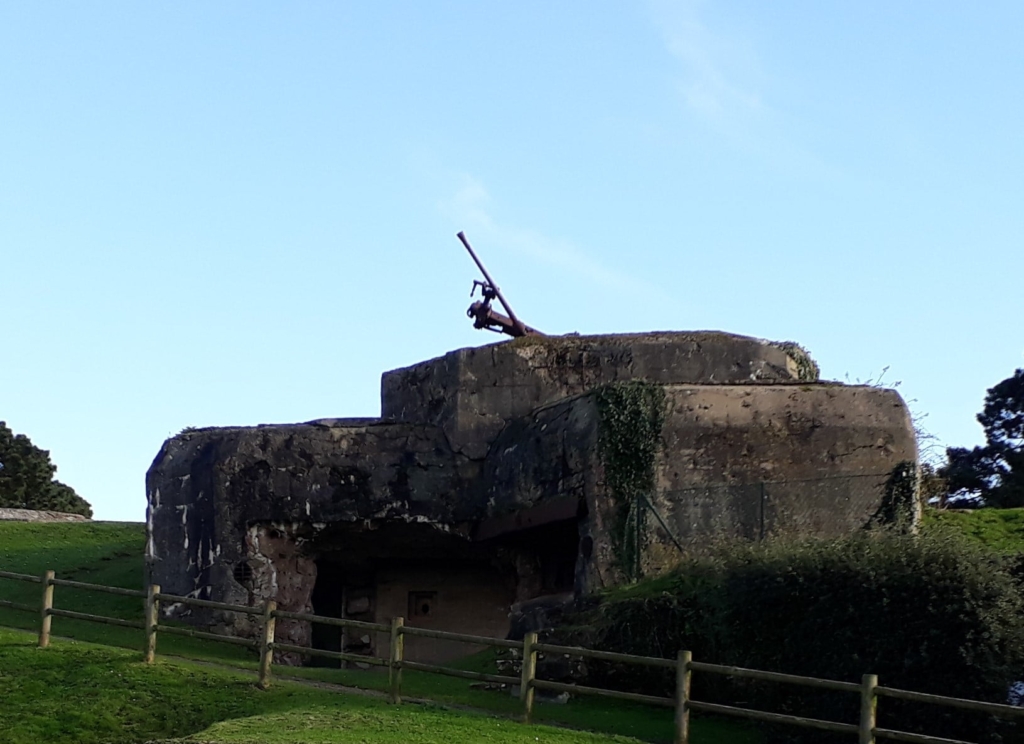
The Citadel 2021, today a museum to the fighting for Saint Malo.
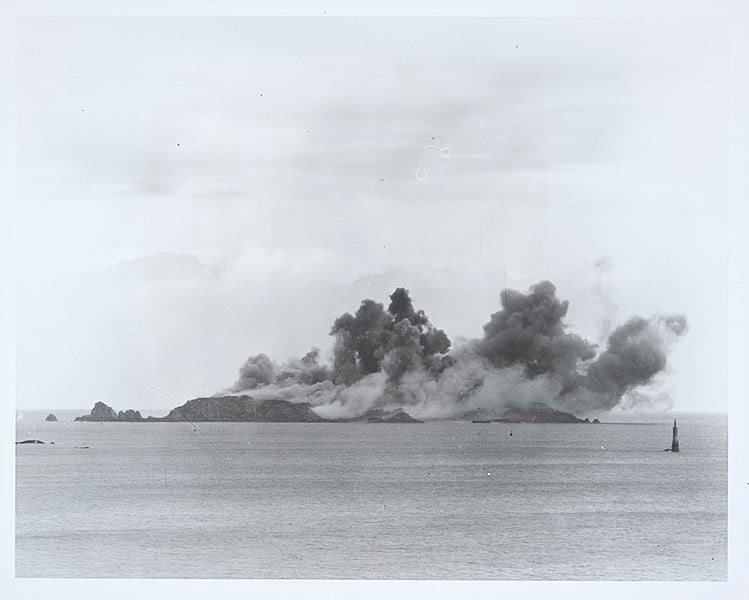
Cezembre Island lies 3 miles off the coast of Saint Malo. Even though Von Aulock had surrendered the German artillery battery here fought on under intense bombardment, including the use of Naplam, more synonymous with the Vietnam War but first used in the battle of Saint Malo.
The garrison finally surrendered on 2nd September 1944.
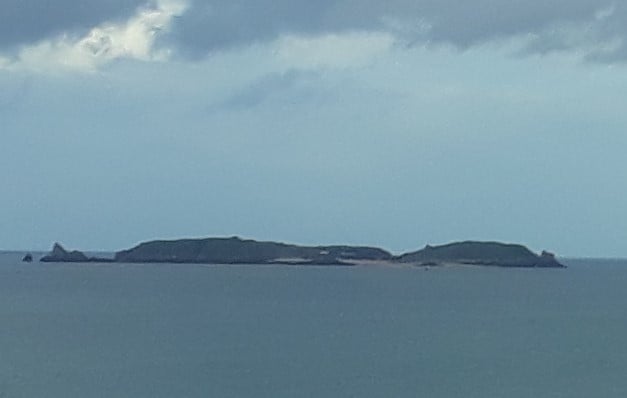
The Island of Cezembre in 2021.


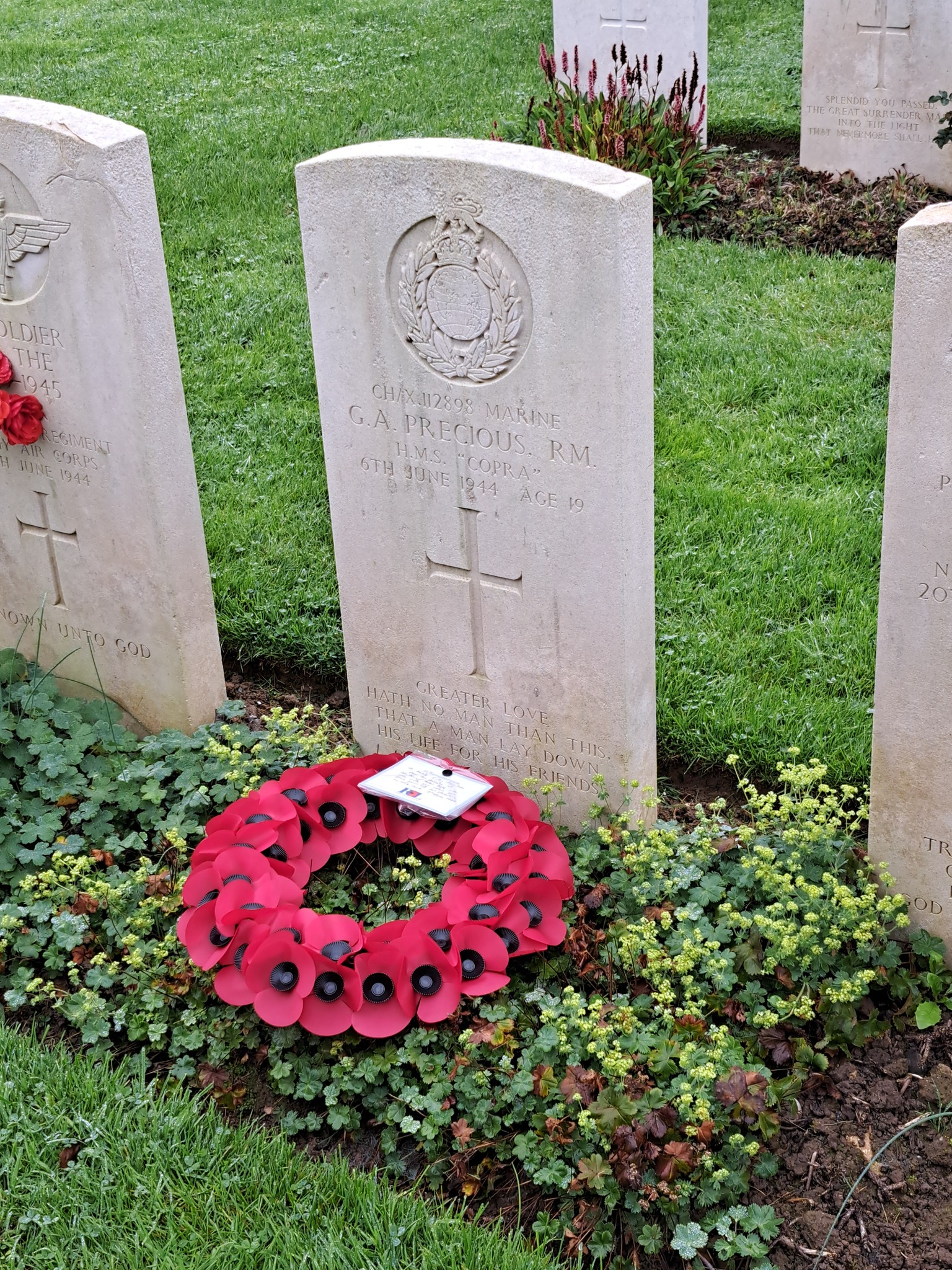
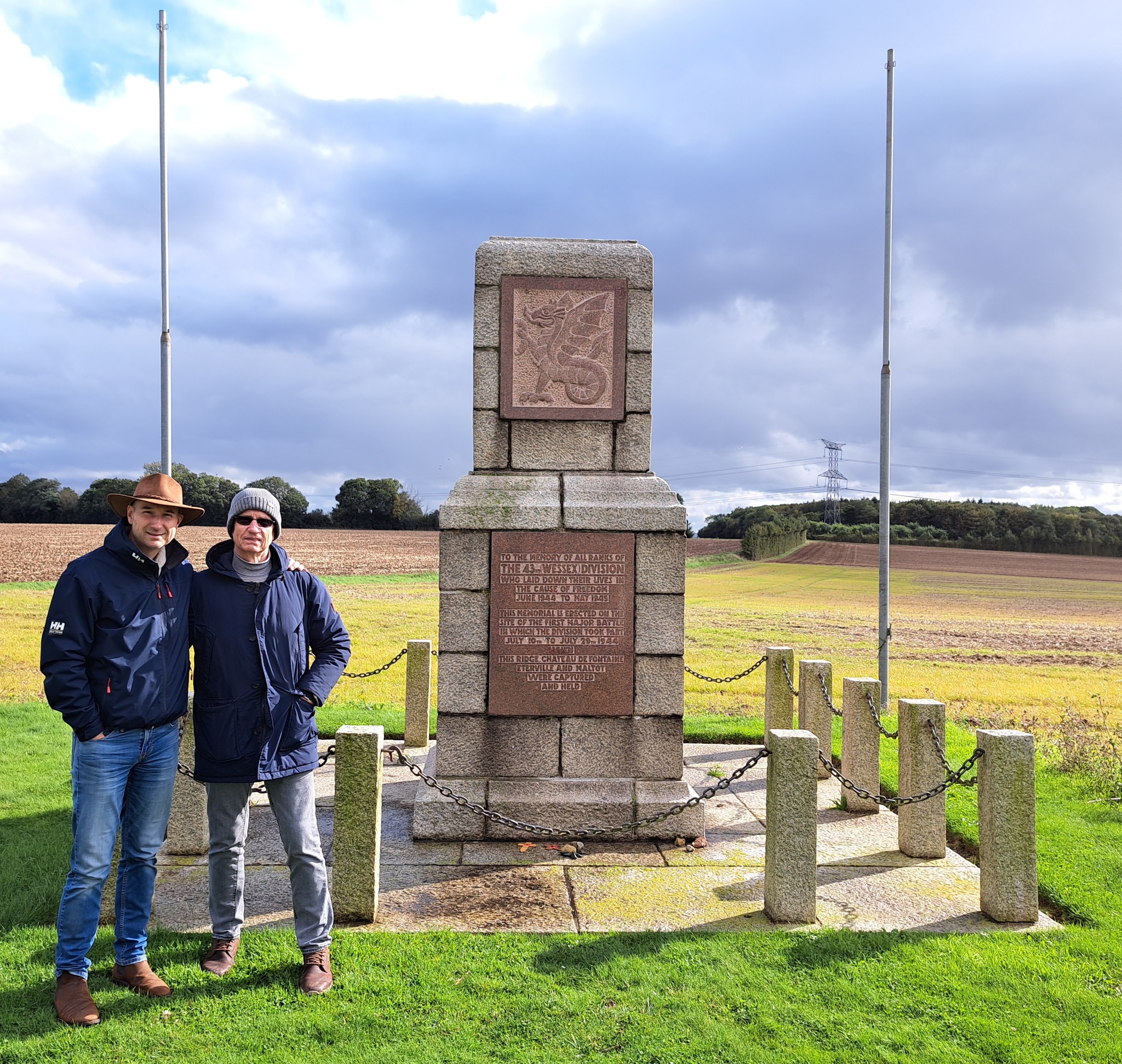
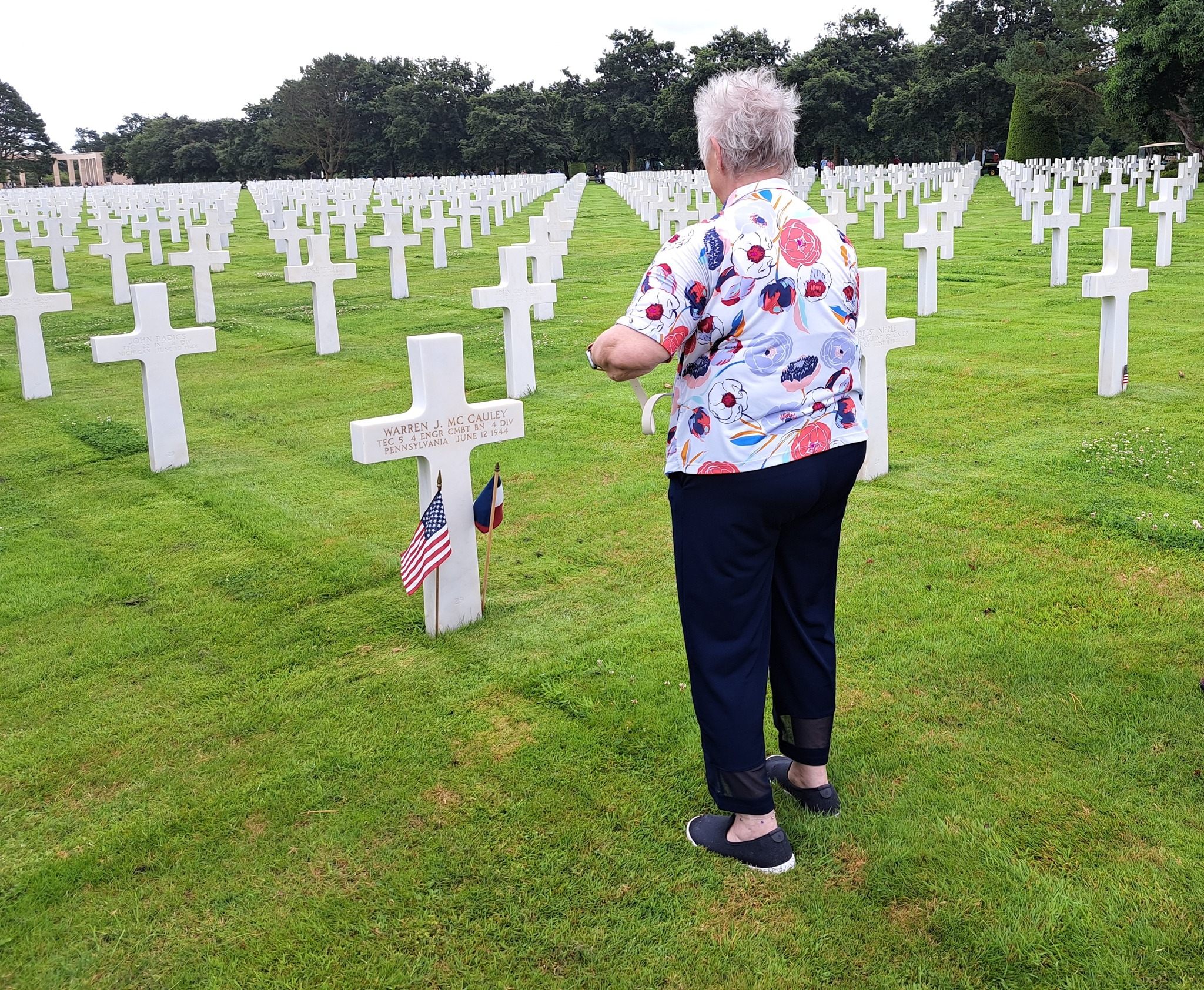
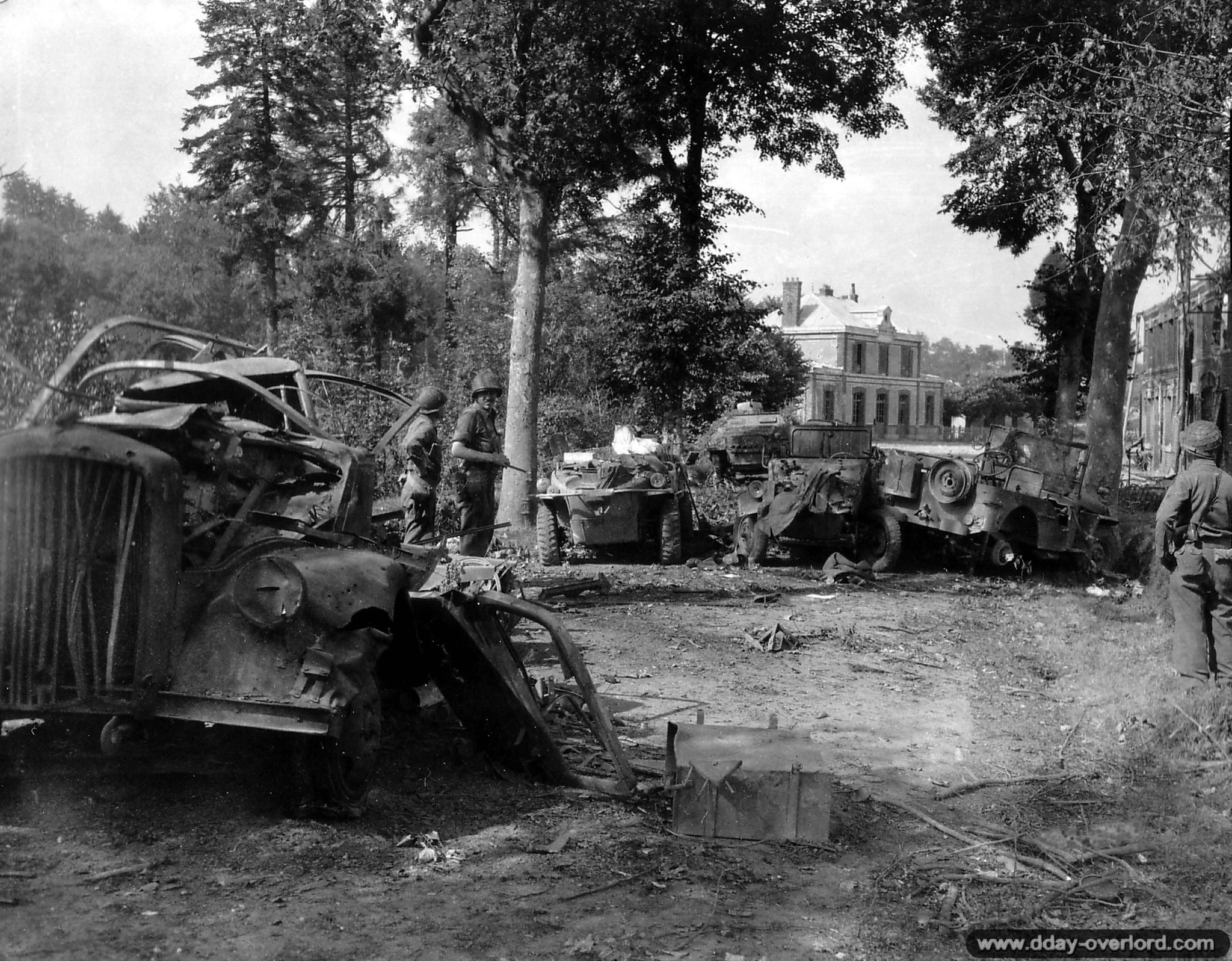
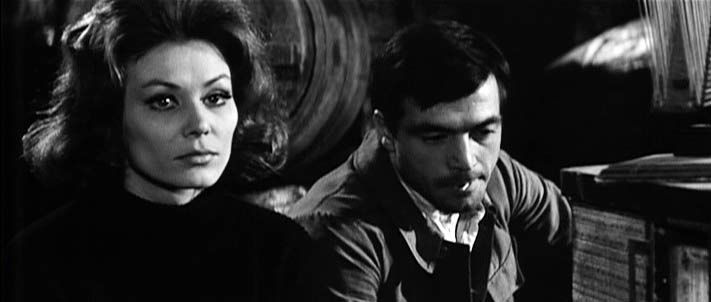
Leave A Comment